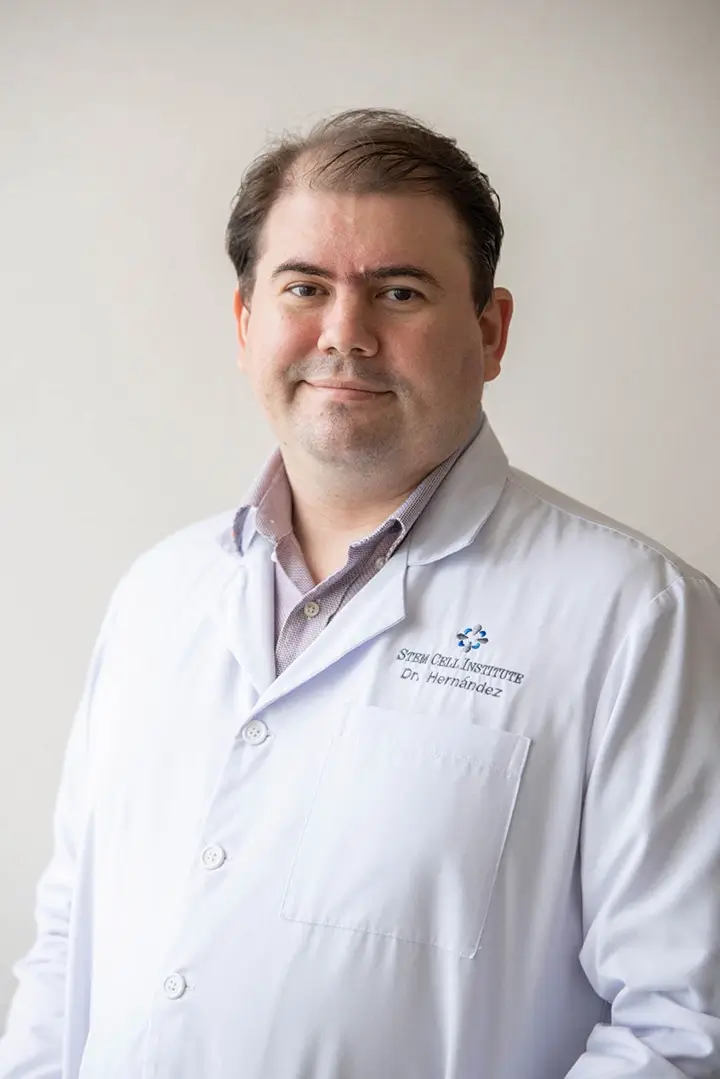Today on their website, Cellular Dynamics International (CDI) announces the successful reprogramming of an ordinary human blood cell into an iPS (induced pluripotent stem) cell. The findings will be officially presented two days from now, on July 10, at the annual conference of the International Society for Stem Cell Research (ISSCR) which is being held this week in Barcelona, Spain, from July 8 – 11.
As reported on CDI’s website, "This significant breakthrough provides a readily obtainable source of pluripotent stem cells from the millions of samples in storage at blood repositories and healthcare institutions worldwide." As further stated on CDI’s website, these findings "demonstrate that any stored blood sample is a candidate for iPS cell reprogramming."
According to Chris Kendrick-Parker, chief commercial officer of CDI, "Industry’s challenge was to reliably create iPS cells from a commonly available and easily accessible tissue source and we focused on stored human peripheral blood samples. Generating pluripotent stem cells from small volumes of blood – either freshly collected from a patient or accessed from blood storage repositories, provides a convenient source for generating patient-specific stem cells that are valuable research tools and may one day be used as a cellular therapy to treat disease."
As Emile Nuwaysir, chief operations officer of CDI, adds, "The ability to use common tissue repositories to create iPS cells from donors with known medical history enables us to provide the pharmaceutical industry with a cell portfolio representing individual biology, disease models, retrospective analysis and ethnic diversity. This is the first step in paving the way for large-scale processing and industrialization of iPS cells."
As further described on CDI’s website, "To generate the induced pluripotent stem (iPS) cells, CDI scientists isolated T-cells, a type of white blood cell, from a 3 ml donor blood sample. The cells were stimulated, expanded and exposed to documented reprogramming factors. iPS cell colonies were observed after three weeks. Analysis revealed that the iPS cells are functionally identical to embryonic stem cells and iPS cells generated from other human tissue sources, that they carry the same genetic background as the source blood sample, and that they have the pluripotent ability to differentiate into any cell type."
Previously, iPS cells had first been created from the skin cells of mice and then from the skin cells of humans. The successful creation of iPS cells from human blood cells demonstrates, at least conceptually, that iPS cells could possibly be created from any type of somatic (non-stem cell) cell. Not only does such a breakthrough eliminate the ethical dilemmas associated with embryonic stem cell research, but it also allows for the creation of patient-specific stem cell therapies.
Of course, patient-specific stem cell therapies are already available with autologous (in which the donor and recipient are the same person) adult stem cells, and experts such as Dr. James Thomson point out that even iPS cells still have another decade to go before they are safe enough to be considered viable for clinical applications. Furthermore, there is really no need for the development of patient-specific stem cell therapies since there already exist certain types of allogeneic (in which the donor and recipient are not the same person) adult stem cells which are known as "universal donor", "immune privileged" cells, meaning that they do not pose any risk of immune rejection, and which are also already clinically available. Nevertheless, this recent breakthrough in the creation of iPS cells from ordinary somatic blood cells represents further proof of the obsolescence of embryonic stem cells as a candidate for clinical therapies.
This week at the ISSCR annual conference, CDI will officially announce and describe their latest iPS cell breakthrough during a poster session that begins at 4:45 p.m. on July 10. (Please see the related news article on this website, entitled, "New Technology Breakthroughs Showcased at Annual Stem Cell Conference", dated July 10, 2009).

